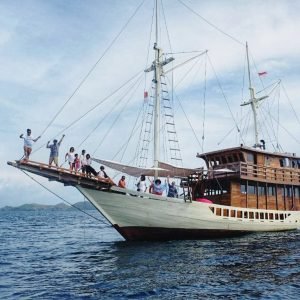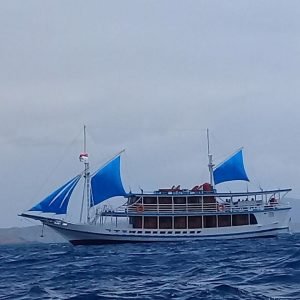Flores Island- The Flower Island and Nusa Nipa

Flores Island-
Flores Island, located in the East Nusa Tenggara province of Indonesia, is often referred to as the “Flower Island” due to its stunning natural beauty and diverse flora. The name “Flores” itself is derived from the Portuguese word for “flowers,” reflecting the island’s lush landscapes and vibrant ecosystems. However, the island is also known by another name, Nusa Nipa, which translates to “Island of the Nipa Palm.” This article explores the historical significance of these nicknames and their cultural implications.
The Origin of the Name “Flores”
The name “Flores” was given to the island by Portuguese explorers in the 16th century. When they arrived on the island, they were captivated by the colorful flowers that adorned the landscape, leading them to name it “Flores.” This name not only highlights the island’s natural beauty but also signifies the influence of Portuguese colonization in the region. The Portuguese were among the first Europeans to explore and document the islands of Indonesia, and their naming conventions often reflected the characteristics they observed.
The Significance of “Nusa Nipa”
The alternative name, Nusa Nipa, has its roots in the local culture and geography. “Nusa” means “island” in Indonesian, while “Nipa” refers to the nipa palm (Nypa fruticans), a type of mangrove plant that thrives in coastal areas. The presence of nipa palms along the coast of Flores is significant for several reasons:
1. Ecological Importance: Nipa palms play a crucial role in the coastal ecosystem, providing habitat for various wildlife and helping to stabilize the shoreline. They are also a source of food and materials for local communities.
2. Cultural Relevance: The nipa palm is utilized by the local population for various purposes, including thatching roofs, making mats, and crafting traditional handicrafts. This connection to the nipa palm reflects the islanders’ deep relationship with their environment and the resources it provides.
3. Historical Context: The name Nusa Nipa also emphasizes the island’s historical ties to maritime trade and agriculture. The coastal areas where nipa palms grow were historically important for fishing and trade, contributing to the island’s economy and cultural exchanges with neighboring regions.
Cultural Heritage and Biodiversity
Flores Island is not only known for its beautiful landscapes but also for its rich cultural heritage. The island is home to various ethnic groups, each with its own unique traditions, languages, and customs. The diversity of cultures on Flores is reflected in its festivals, traditional clothing, and culinary practices.
Moreover, Flores is renowned for its biodiversity, including unique flora and fauna found nowhere else in the world. The island’s varied ecosystems, from volcanic mountains to coastal mangroves, support a wide range of species, making it a significant area for conservation efforts.
Conclusion
The nicknames “Flower Island” and “Nusa Nipa” encapsulate the essence of Flores Island, highlighting its natural beauty, ecological significance, and cultural richness. The historical context of these names reflects the island’s journey through colonization, trade, and cultural exchange. Today, Flores continues to be a destination that attracts travelers seeking to experience its stunning landscapes, vibrant cultures, and unique biodiversity. Understanding the meanings behind these names allows us to appreciate the island’s heritage and the importance of preserving its natural and cultural resources for future generations.




